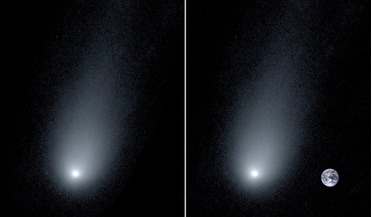 28 November 2019
New close-up view of interstellar visitor comet 2l/Borisov
28 November 2019
New close-up view of interstellar visitor comet 2l/Borisov
... and will reach its closest approach — about 190 million miles — in early December. Researchers believe the comet formed in a solar system beyond ours and was ejected into interstellar space as a consequence of a near-collision with...
 15 March 2019
Major comet impact burned Earth 13,000 years ago
15 March 2019
Major comet impact burned Earth 13,000 years ago
... favours an impact scenario instead. Called the Younger Dryas Impact Hypothesis, this theory postulates that a fragmented comet slammed into the Earth causing widespread wildfires (biomass burning), rapid climatic changes, megafaunal extinctions and...
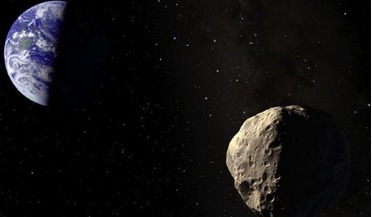 17 April 2017
April 19th to be an exciting day for stargazers as an asteroid and a comet pass close to Earth
17 April 2017
April 19th to be an exciting day for stargazers as an asteroid and a comet pass close to Earth
...the Solar System on 19 April, as the PanSTARRS non-periodic comet will also by flying by that day at a distance of 175 million... kilometres. Also known as the C/2011 L4, the comet is expected to be visible at dawn with binoculars. It was ...
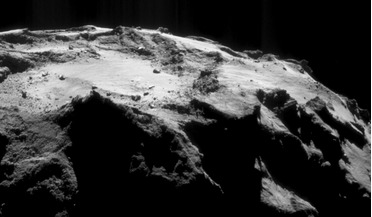 March 2017
Rosetta – outstanding climax to pioneering mission
March 2017
Rosetta – outstanding climax to pioneering mission
... in accuracy and stability. They used new optical navigation techniques - identifying landmarks on the camera pictures of the comet and using them for triangulations to determine the position and velocity of the spacecraft relative to the surface...
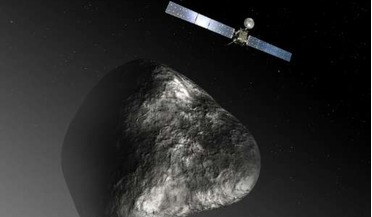 29 September 2016
Rosetta on the way to its final resting place on Churyumov-Gerasimenko
29 September 2016
Rosetta on the way to its final resting place on Churyumov-Gerasimenko
...exciting of the entire mission." Rosetta's impact with the comet is scheduled for 1040GMT on September 30th. Roughly 40 ... control to attempt taking measurements from closer to the comet than would have been considered safe under regular operating ...
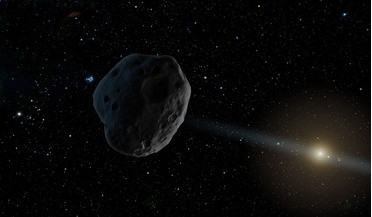 30 December 2016
NEOWISE spots two new objects heading our way
30 December 2016
NEOWISE spots two new objects heading our way
... other hand, has the tell-tale dust dispersal signatures of a comet as it nears the Sun. Discovered a month earlier, C/2016 ... its first inauguration. If 2016 WF9 turns out to be a comet, it would be the 10th discovered since NEOWISE was brought out ...